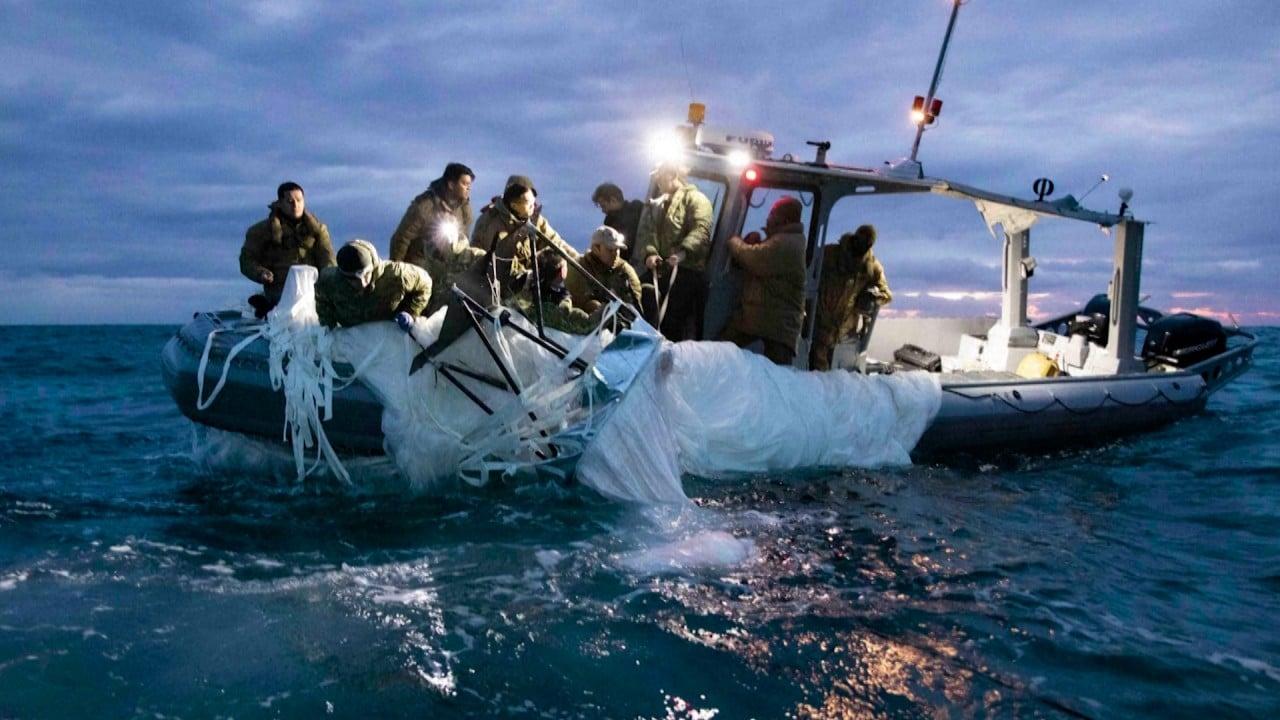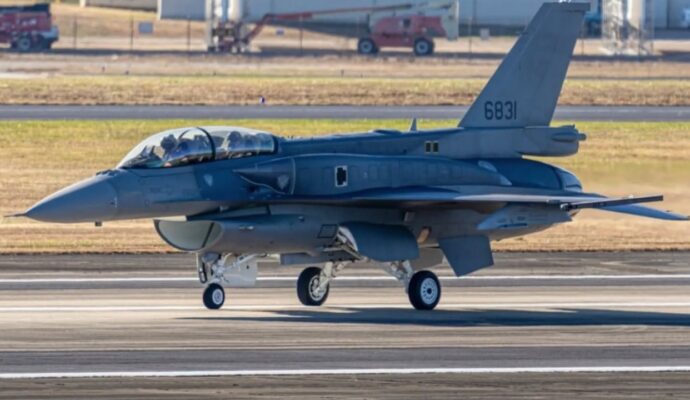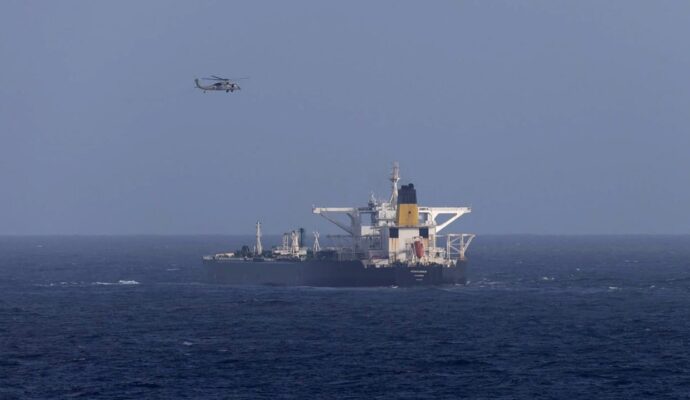
The US claims the balloon was a Chinese high-altitude surveillance vehicle while China insists it was a civilian meteorological research craft that had been blown off course, and has accused the US of sending balloons into Chinese airspace more than 10 times since last year.
The WMO said weather balloons were fitted with battery-powered instruments to transmit data to ground receivers, and were released simultaneously every day from different places around the globe.
Such balloon flights usually last for around two hours, during which time they make weather measurements including pressure, wind velocity, temperature and humidity from above ground to heights of up to 35km (22 miles), according to the UN agency’s report. They could travel “many kilometres” before bursting and falling back to Earth under a parachute, it added.
However, the 1,000 or so balloons account for just a small percentage of the total observations gathered daily and offering vital information to climate monitors and forecasters, by devices including Earth or space-based instruments such as ships, aircraft and satellites.
The “millions of observations” gathered every day included data from space by over 50 satellites, from the ocean by 400 moored buoys, 1,250 drifting buoys and 7,300 ships; by 4,000 aircraft from around 40 commercial aircraft companies, 7,300 ships and 10,000 automated and land-based observing stations, the report said.
The US claimed the Chinese “spy balloon” shot down by its military was part of a global aerial surveillance programme run by China in more than 40 countries across five continents.
It later shot down three other unidentified flying objects in both American and Canadian airspace, but President Joe Biden said they were “most likely tied to private companies, recreation or research institutions”.
After the incursion by China’s high-altitude balloon, we enhanced radar to pick up slower objects.
By doing so, we tracked three objects posing hazards to air traffic. I gave orders to take them down.
These objects were likely tied to recreation or research – not surveillance.
— President Biden (@POTUS) February 17, 2023
The search for debris from all four objects has been concluded, the US military said late last week.
Remains from the balloon shot down on February 4 would be examined further, the Pentagon said, after “all of the priority sensor and electronics pieces”, including the balloon’s antennas, were located.
Recovery efforts for the other three were called off by US and Canadian authorities after they failed to locate any debris.
Wang Yi, China’s top diplomat, addresses the Munich Security Conference. Photo: Xinhua
The top Chinese and US diplomats met on the sidelines of the Munich Security Conference over the weekend, the first face-to-face exchange between Wang and Secretary of State Antony Blinken since the balloon row worsened already tense relations.
Washington was warned that it would “bear all the consequences” if it escalated the incident, the Chinese foreign ministry said in a statement on Saturday’s meeting, citing “the damage caused to China-US relations by the abuse of force”.
And while Blinken emphasised that the US was not looking for a “new cold war”, he said the balloon incursion was an “irresponsible act” and unacceptable violation of US sovereignty that “must never again occur”, according to State Department spokesman Ned Price.
The meeting came hours after Wang, in a presentation at the annual security conference, slammed the US handling of the crisis as driven by “prejudice and ignorance”.


